Frequently Asked Questions
YOUR QUESTIONS, ANSWERED HERE
What is Greenhouse Gas Accounting?
Greenhouse gas accounting refers to the process of quantifying the amount of greenhouse gases (GHGs) emitted or removed from the atmosphere by human activities, such as energy production, transportation, agriculture, and industrial processes. The goal of greenhouse gas accounting is to measure and report these emissions in a systematic and standardized way, typically in terms of carbon dioxide equivalents (CO2e), which aggregates the global warming potential of different greenhouse gases based on their relative effect on climate change.
What about Pricing - is GHG ACCOUNTING expensive ?
Our GHG accounting and inventory services are a fraction of the cost when compared to the larger firms. With Zenith Net-Zero, you get big firm results with a boutique approach to service and cost.
Our team consists of environmental experts who employ industry recognized standards for GHG measurements such as the GHG protocol and ISO 14064 standards, ensuring you receive accurate, transparent, and auditable results.
To discuss pricing, contact us – We will assess your organization’s needs and tailor the right plan to get you started on the way to achieving your sustainability goals.
Which are the key components of GHG Accounting?
- Inventory: Conducting an inventory of all sources of greenhouse gas emissions and sinks (where GHGs are removed from the atmosphere), often categorized into sectors such as energy, industrial processes, agriculture, forestry, and waste.
- Measurement and Estimation: Quantifying emissions using direct measurements where possible (e.g., from fuel combustion) and estimation methods for emissions that are more diffuse or challenging to measure directly (e.g., methane emissions from livestock).
- Reporting: Compiling the data into a report that includes total emissions, emissions by sector, emissions intensity (e.g., per unit of production), and often trends over time.
- Verification and Assurance: Ensuring the accuracy and reliability of the reported data through verification by independent third parties or through assurance processes to maintain credibility and transparency.
- Goal Setting and Mitigation Strategies: Using the data to set emission reduction goals and develop strategies to reduce emissions, enhance sinks, or offset emissions through carbon credits or other mechanisms.
Is Greenhouse gas accounting important?
Greenhouse gas accounting is crucial for understanding the contribution of different activities to climate change, tracking progress towards emissions reduction targets (such as those set under international agreements like the Paris Agreement), and informing policy decisions aimed at mitigating climate change impacts.
What are scope 1, 2 and 3 emissions?
The GHG Protocol is a widely used international accounting tool that provides standards and guidelines for quantifying and managing greenhouse gas emissions. Each scope represents a different level of control and responsibility for an organization when it comes to addressing and reducing greenhouse gas emissions
Here are the three scopes of emissions defined by the GHG Protocol:
Scope 1 emissions: Direct greenhouse gas emissions from sources that are owned or controlled by the organization.
Scope 2 emissions: Indirect greenhouse gas emissions from the generation of purchased electricity consumed by the organization.
Scope 3 emissions: Indirect greenhouse gas emissions that occur as a consequence of the activities of the organization, but occur from sources not owned or directly controlled by the organization.
What company resources are required to measure our footprint?
ZenithNet-Zero’s turn-key solution ensures company resources required are minimal. On average, manpower required by our clients is less than 4 hours, used to supply data required to begin GHG measuring and developing your GHG inventory. The supplied data is typically in the form of receipts for electricity, natural gas, as well as other key performance indicators.
What is Greenhouse Gas Inventories?
Greenhouse gas inventories refer to comprehensive assessments of the emissions of greenhouse gases (GHGs) from a specific entity, region, or country over a defined period of time. These inventories are essential tools for understanding the sources and trends of GHG emissions, which contribute to climate change.
Which are the key aspects of greenhouse inventories?
- Scope and Coverage: Greenhouse gas inventories typically cover all major GHGs. These gases are aggregated and reported in terms of carbon dioxide equivalents (CO2e) to provide a common unit for comparison.
- Sectoral Coverage: Inventories encompass various sectors such as energy, industrial processes and product use, agriculture, land use, land-use change, and forestry (LULUCF), and waste management.
- Data Collection and Estimation: Inventory compilers gather data from various sources including national statistics, industry reports, surveys, and scientific studies.
- Reporting and Transparency: The reporting follows agreed-upon guidelines and methodologies (e.g., the IPCC Guidelines for National Greenhouse Gas Inventories) to ensure consistency and comparability across different countries.
- Use in Policy and Decision Making: Greenhouse gas inventories provide a baseline for setting emission reduction targets, assessing progress towards these targets, and evaluating the effectiveness of mitigation measures.
- Continuous Improvement: Inventories are periodically updated and refined to improve accuracy and reflect changes in emissions factors, activity data, and methodologies.
Are Greenhouse Gas Inventories important?
Overall, greenhouse gas inventories play a vital role in understanding the sources and trends of GHG emissions, which is essential for effective climate action and policy development aimed at mitigating climate change impacts.
What about my unavoidable emissions - What can I do?
When we talk about “unavoidable emissions,” we’re generally referring to greenhouse gas (GHG) emissions that an individual or organization cannot practically eliminate due to current technological, economic, or other constraints. For many people and organizations, it’s not feasible to reduce their carbon footprint to zero, even with significant effort. However, for those unavoidable emissions, there are strategies to compensate or offset their impact.
What is Sustainability?
Sustainability refers to the ability to meet the needs of the present without compromising the ability of future generations to meet their own needs. In broader terms, sustainability encompasses environmental, social, and economic dimensions, often referred to as the “three pillars” of sustainability.
What is ESG?
ESG stands for Environmental, Social, and Governance. It is a set of criteria that investors and other stakeholders use to evaluate a company’s operations and how it addresses key non-financial risks and opportunities.
ESG criteria are used by investors to assess the sustainability and ethical impact of potential investments.
What is CDP?
CDP stands for “Carbon Disclosure Project.” It is an international non-profit organization that operates a global disclosure system for investors, companies, cities, states, and regions to manage their environmental impacts. The CDP collects and shares data related to environmental performance, including carbon emissions, climate risks, and water usage, to encourage transparency and action toward sustainability.
What are carbon credits?
Carbon credits are a key component of carbon trading and carbon offsetting mechanisms aimed at mitigating climate change. Carbon credits represent a reduction or removal of one metric ton of carbon dioxide (CO2) or its equivalent greenhouse gases (GHGs) from the atmosphere. They are a unit of measurement used to quantify efforts to reduce emissions or enhance carbon sequestration.
Carbon credits can be bought and sold on carbon markets, where companies, governments, and other entities can purchase credits to offset their own emissions. These markets facilitate the transfer of credits between buyers and sellers, enabling companies to meet regulatory requirements or voluntary commitments to reduce their carbon footprint.
What is carbon offset?
Carbon offsetting is a strategy used to compensate for carbon dioxide (CO2) emissions by funding projects that reduce or remove greenhouse gas emissions elsewhere. It is a way for individuals, businesses, and organizations to take responsibility for their carbon footprint beyond what they can directly reduce.
What are greenhouse gases?
Greenhouse gases (GHGs) are gases that trap heat in the Earth’s atmosphere, much like the glass panels of a greenhouse trap heat inside. They allow sunlight (solar radiation) to enter the atmosphere freely but prevent the heat (infrared radiation) from escaping back into space, thereby warming the planet. The primary greenhouse gases include carbon dioxide (CO2), methane (CH4), nitrous oxide (N2O), and fluorinated gases such as hydrofluorocarbons (HFCs), perfluorocarbons (PFCs), and sulfur hexafluoride (SF6).



